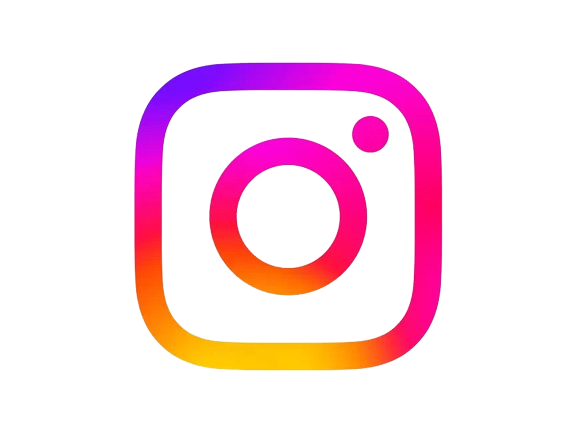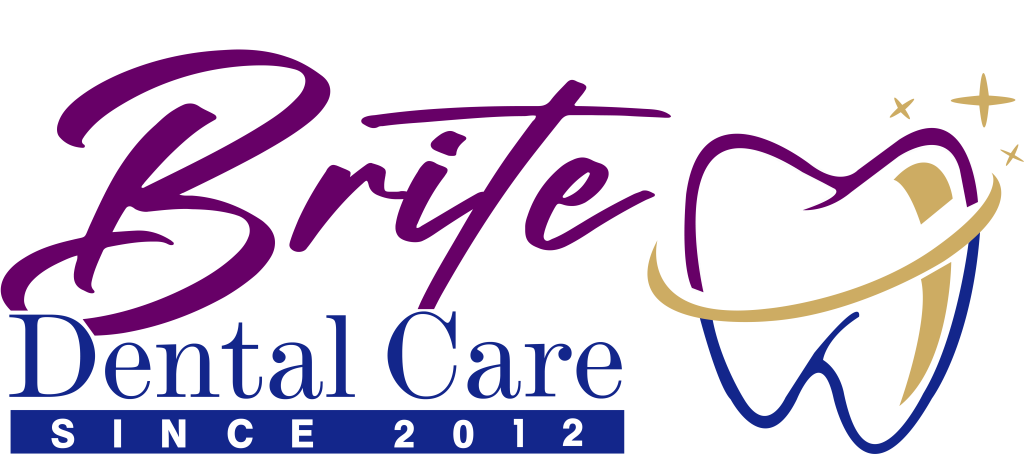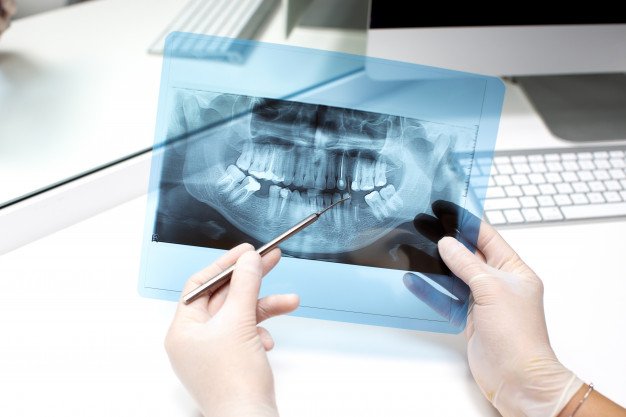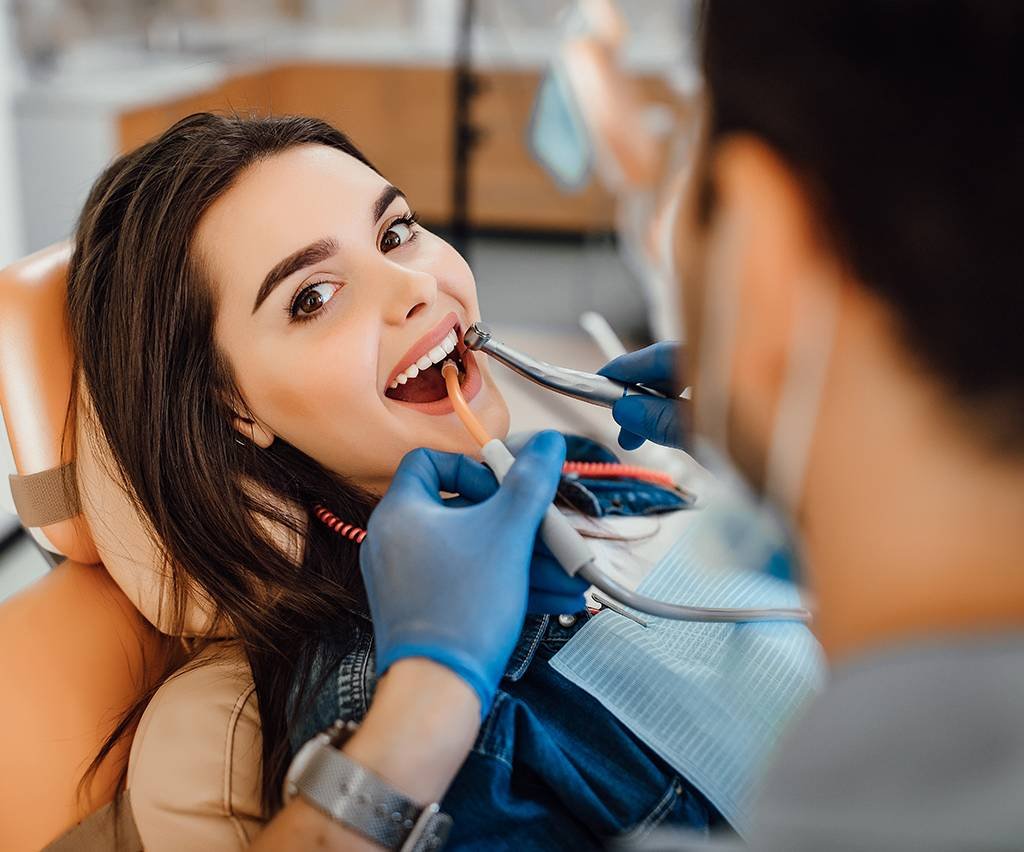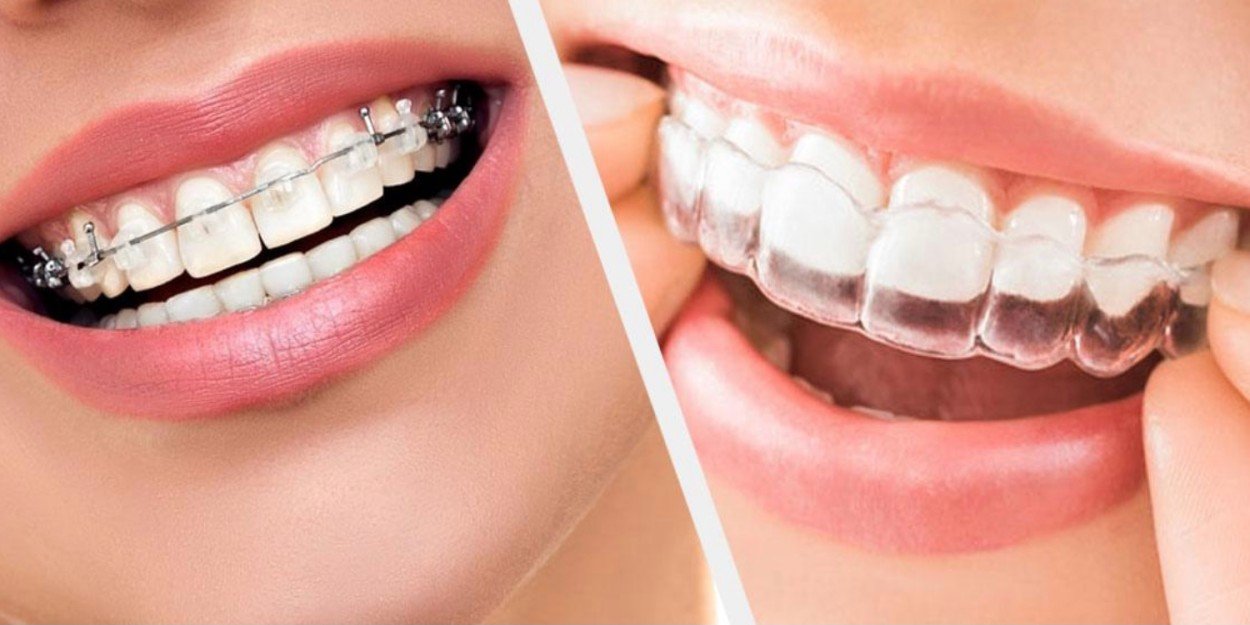INTRODUCTION TO CONVENTIONAL DENTAL BRACES AND INVISALIGN
Conventional Dental Braces- Conventional dental braces are metal-made devices (also known as braces, orthodontic cases, and cases) used to align and straighten misaligned, crooked, and crowded teeth. They position the teeth with regard to the patient’s bite. They fix gaps, underbites, overbites, deep bites, open bites, crossbites, and other orthodontic flaws. They also aim for overall dental health.
As long as they remain on the surface of the teeth, they constantly put pressure on both teeth and jaw. And this pressure allows teeth to shift and position correctly.
Invisalign- Invisalign is a modernly developed teeth-straightening treatment. According to the Invisalign McKinney specialists, this is one of the biggest examples of the excellence in modern dentistry. These days, it is widely gaining demand and popularity due to its amazing capabilities to treat faster than other treatments.
It is an alternative to conventional dental braces and much more effective. It is a custom-made plastic teeth tray (also known as clear aligner, clear-aligner treatment), nearly invisible, used to correctly adjust and position the mild to moderate misalignment of teeth. It treats almost all the orthodontic problems such as misaligned, gapped, crooked, and crowded teeth. It also treats the bite’s flaws.
It needs to be worn on the surface of teeth for at least 20 hours a day during the whole treatment period. Like conventional braces, it put force on both teeth and jaws that help in positioning or shifting the teeth correctly.
CONVENTIONAL DENTAL BRACES AND INVISALIGN- THE DIFFERENCES
Structure
Dental braces consist of metal brackets that are tied together by a metal wire and tiny rubber bands. These are clearly visible devices when putting on teeth.
On the other hand, Invisalign is a plastic form of braces. It does not consist of metal, wires, and rubber bands. It is simply a plastic-made clear aligner. It is almost invisible while wearing on teeth.
Color
Basically, dental braces come in metallic or silver colors. However, they are also available in enamel color. You can buy that by paying extra money.
Invisalign is clear and transparent.
Removable/Irremovable
Dental braces are irremovable due to its specific structure. While eating, drinking, and brushing your teeth, you cannot remove dental braces.
While Invisalign is easily removable and interchangeable. Before eating, drinking, and brushing your teeth, you can easily remove it, and after completing the task you can again wear it.
Treatment Time
Dental braces are required to be worn 24/7 during the whole treatment period.
Invisalign is required to be worn 20-22 hours a day during the whole treatment period.
Cleaning
Dental braces must be nicely cleaned with the help of a toothbrush.
On the other hand, to keep your Invisalign clean, you need to use lukewarm water.
Follow Up Visits
The patient who is taking dental braces treatment needs to meet the concerned dentist every month during the treatment period.
The patient who is taking Invisalign treatment needs to meet the concerned dentist every two weeks to interchange the clear aligners.
Effectiveness
Dental braces are more effective for complex orthodontics problems.
Invisalign is more effective for mild to moderate misalignment.
PROS AND CONS OF DENTAL BRACES
Pros
Effective to treat any type of orthodontics problem including mild, moderate, and severe
Lesser follow up visits to the dentist
Low-cost devices
Cons
Irremovable
Visible to the third person
Discomfort in eating, drinking, and brushing teeth
Food can get stuck between metal brackets
Reduce the confidence level while speaking in front of some people
May have pain and sores from metal brackets, wires, and teeth movement
Required frequent cleaning
Slow treatment process
PROS AND CONS OF INVISALIGN
Pros
Effective in mild to moderate orthodontics problems
Easily removable and interchangeable
Almost invisible to the third person
No difficulties in eating, drinking, and brushing teeth
No pain and sores
Easy cleaning process
Do not reduce the confidence level
Treat faster than braces
Cons
A bit costly
Required frequent interchanging of clear aligner (every two weeks)
CONVENTIONAL DENTAL BRACES AND INVISALIGN- WHICH ONE IS BETTER FOR YOU?
Basically, it depends on the complexity of your orthodontics problem whether you should opt for conventional braces or Invisalign. You should leave this on your concerned dentist as he/she knows better what fits you the best. However, due to so many advantages, Invisalign is the first choice of dentists all around the world. They often prefer to prescribe Invisalign to dental patients instead of dental braces. You should also choose it for getting fast and effective results.

